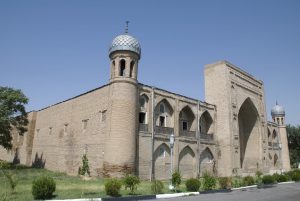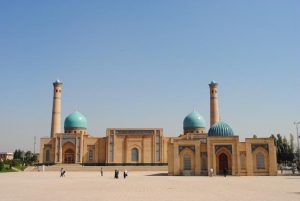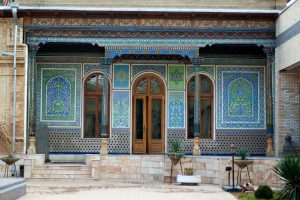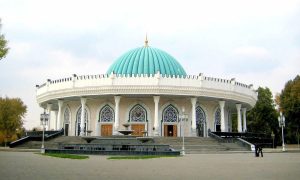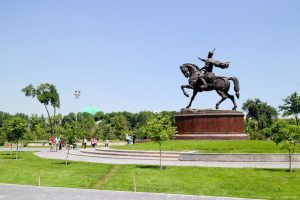Tashkent, with a multi-ethnic population of 2.3 million, is the largest city in Central Asia and the capital of the Republic of Uzbekistan.
City with 20 centuries of history. First information about Tashkent (earlier known as Shash, Chach, Binkent) dates back to the 2nd century B.C. Archaeological excavations have revealed that present-day Tashkent was a site of an ancient town which has continued to exist as a developed commercial and cultural center of the East, situated in the northern part of the Great Silk Route. Tashkent city was on the trade route of “Great Silk Road” and connected China with Europe for thirteen centuries.
Tashkent was conquered by the Arabs at the beginning of the 8th century and later became part of the possessions of various Muslim ruling lines before falling to the Mongols in the early 13th century. It was subsequently ruled by the Timurids and Shaybanids and then led an independent existence before being annexed by the khanate of Kokand in 1809. When it was captured by the Russians in 1865, it was a walled city of some 70,000 inhabitants and already a leading centre of trade with Russia. In 1867 it was made the administrative centre of the new governorate-general of Turkistan, and a new European city grew up beside the old native one. Soviet rule was established by Russian colonists in November 1917 after an armed uprising. Tashkent remained the capital of the new republic of Turkistan in the U.S.S.R., but when the latter was split in 1924, Samarkand became the first capital of the republic of Uzbekistan, U.S.S.R. The capital was transferred to Tashkent in 1930.
After the terrible earthquake of 1966, the town was almost ruined. Tashkent was revived from ash and became one of the most beautiful cities of Central Asia, a cultural, scientific and industrial center.
Now Tashkent is the fourth largest in the CIS after Moscow,St.Petersburg and Kiev.

